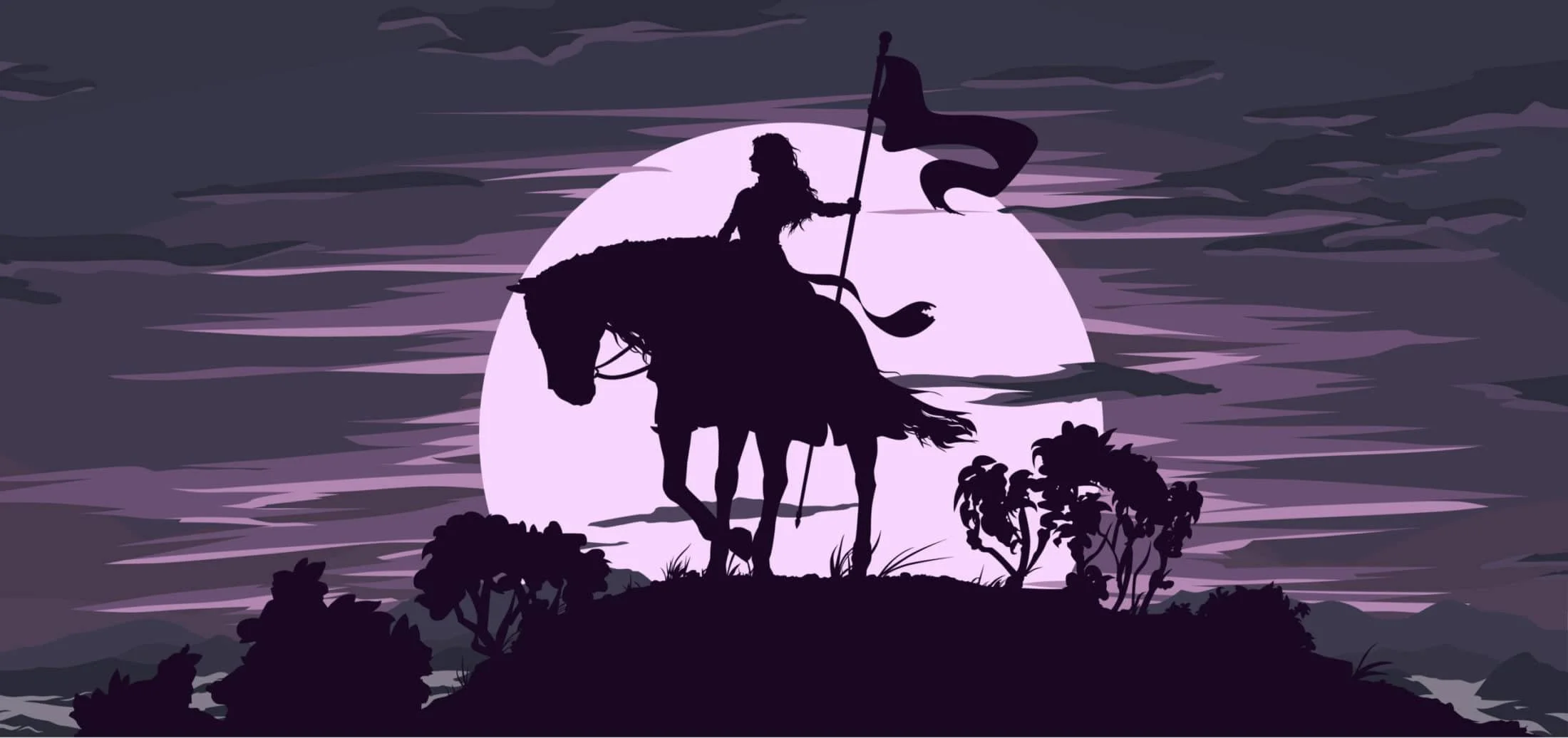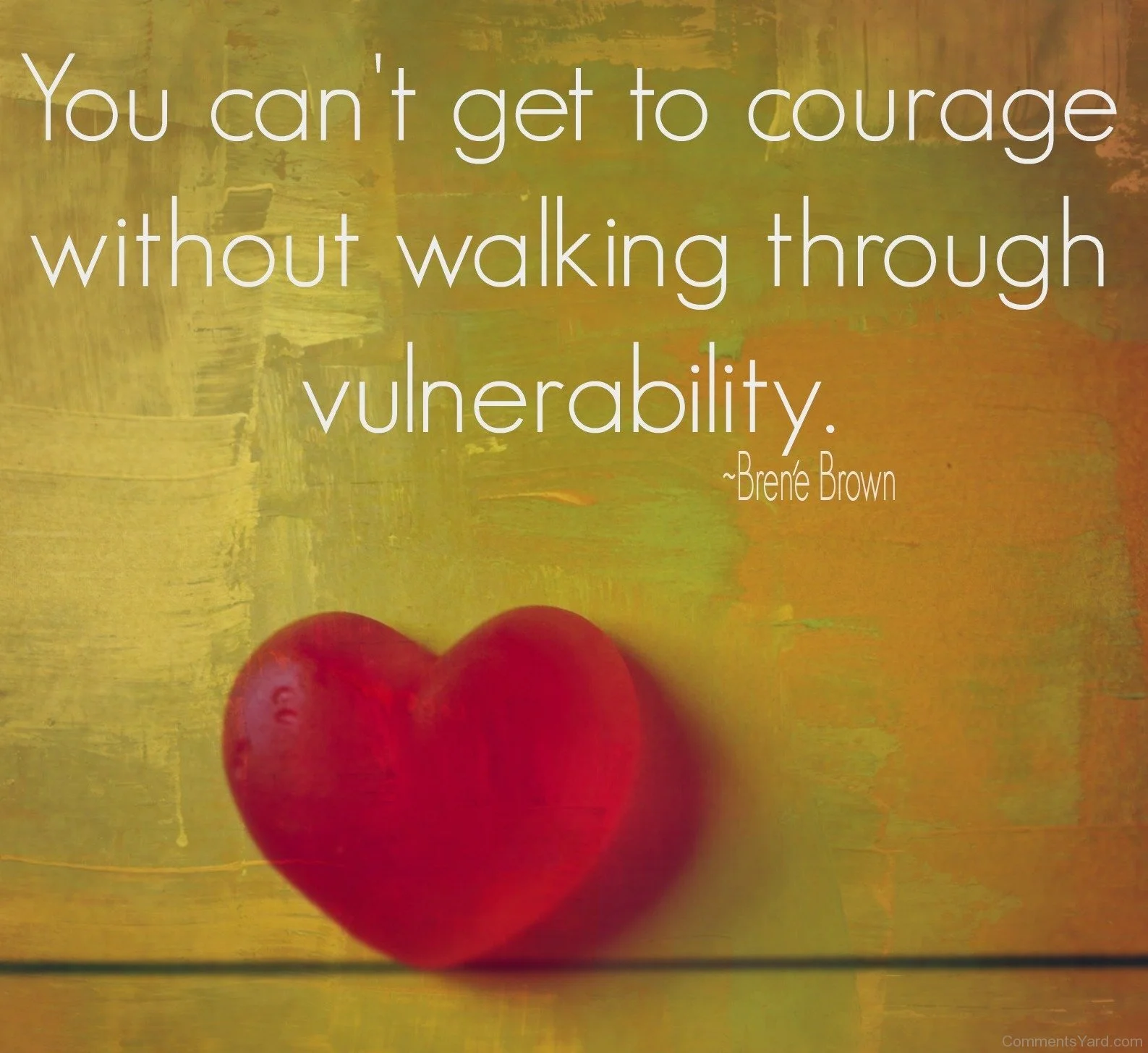The Heroic Arts of Leadership at Work: Why Your Leadership Journey is Our Human Journey
Being a leader can be intimidating, if not downright scary. Fortunately, we can look to a familiar pattern for guidance.
In 1949, Joseph Campbell published The Hero with a Thousand Faces. As a professor of comparative mythology at Sarah Lawrence College, Campbell advanced the idea that many, if not all, of the great myths and stories throughout the world’s history featured a shared story, which he referred to as the hero’s journey.
More than that, however, Campbell pointed out that this shared story was a reflection of human development. Drawing from the psychological work of world renowned psychologists, Campbell said that this shared story was an archetype in our minds, which could influence our thoughts and behaviors.
Whether we are learning to ride a bike or starting a new job, the hero’s journey offers us a guide for the process we will go through: We commit to doing something new or different, we encounter people who help us along the way, we experience setbacks and successes, and in the end, we achieve our goal.
The hero’s journey is simply the human journey.
In the hero’s journey, we step outside of our comfort zone to challenge the status quo; we confront our foes, our fears, and our failures; and in the end, we create positive change and influence the world around us, as big or as small as it may be. Leadership is an iterative process. Artists are always creating and inspiring; leaders are always influencing and making the people around them better.
What, then, are the Heroic Arts of leadership?
If you are to cultivate courageous cultures, tackle toxicity, and transform your team, there are six crafts each leader must practice and strive to perfect. Borrowing from the types of characteristics common to comic book heroes, I will nickname them: Team, Sacrifice, Courage, Strength, Question, and Speed. Each Heroic Art builds on the one before. Thus, the previous Heroic Art is a necessary precondition for the next one.
Team: The creation and cultivation of belonging with every member of the team. It is the belief that every person is integral to the team, and the fostering of psychological safety on the team. The collective good outweighs the leader’s self interest. The person who has developed this Heroic Art actively builds and facilitates community throughout the team and organization, and respects, trusts, and values each and every individual without exception. The Heroic Team means We > Me.
Sacrifice: The continuous investment in developing others in order to not only further their contributions to the team, but to maximize their learning and growth, unleashing their full potential. It is a belief in the power of servant leadership, prioritizing the team’s mission over submission. The person who has developed this Heroic Art empowers others to succeed and thrive, even if it is at the expense of the leader. The Practice of Sacrifice is to Uplift Others.
Courage: The demonstrated commitment to building and deepening relationships with each individual on the team. Courage is the antidote to fear. It is the belief in authentic and vulnerable communication as the foundation for true connection. The person who has developed this Heroic Art builds relationships of genuine concern, communicates clearly and plainly, and offers feedback focusing on an individual’s strengths. The Heart of Courage is to Connect with Compassion.
Strength: A steadfast and unwavering ability to ground your leadership in your values, your core purpose, and your vision, which represent your present, your past, and your future. Your values reflect how past experiences have shaped you or why you do the work you do, your core purpose sets your course and direction through your choices in the present or how you do the work you do, and your vision is the result of your values and your core purpose, or what you want to achieve through the work you do. It is the calibration of these three elements, thereby revealing the integrity or wholeness of the team. The person who has developed this Heroic Art always aligns the team and centers its work on its values, core purpose, and vision. The Rock of Strength is to Lead with Integrity.
Question: Embracing and incentivizing differing, dissenting, divergent ideas and fostering a culture that welcomes individual and organizational learning. It is the belief that conformity and groupthink are corrosive elements in an organization, while candor and the willingness to challenge the status quo are essential elements for creativity and innovation. The person who has developed this Heroic Art encourages conflicting opinions, promotes disparate perspectives, and protects those who dare to speak truth to power. The Hero’s Question is to Invite Divergent Views.
Speed: Leading the way by modeling the right way, right away. It is the belief that you are your own first follower. The clarity of your decisions allows others to have clear and doubtless direction, as well as providing proof that others can trust what you say. The person who has developed this Heroic Art provides clear, unambiguous direction through her words and actions. The Speed of One is to Show the Way.
Every one of us has the power to cultivate a courageous, positive, and transformational culture in your team by practicing and striving to perfect the six Heroic Arts. Although perfection is an ever-elusive goal in your leadership journey, the challenges and obstacles we face are opportunities to grow and strengthen our leadership skills. These tests are not there to determine our leadership worthiness, but instead to forge and reveal it.
When we seek opportunities to put our leadership skills to the test, we also are seeking opportunities to become our best selves.



